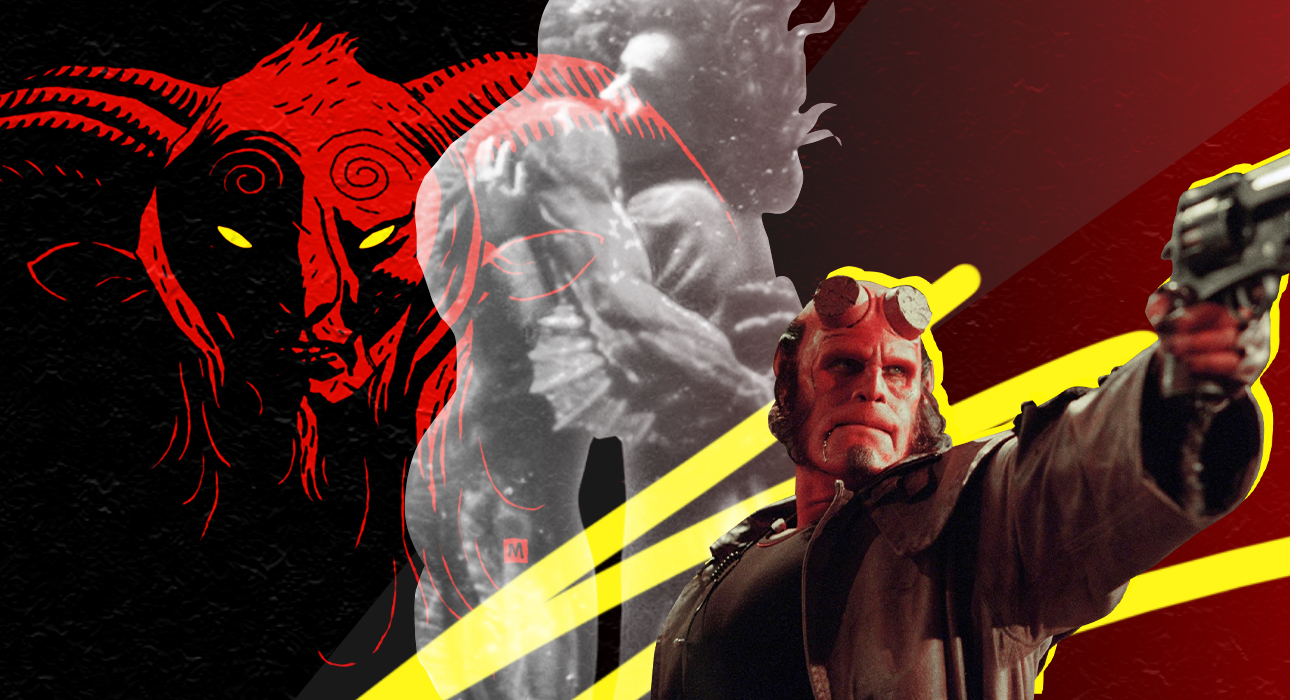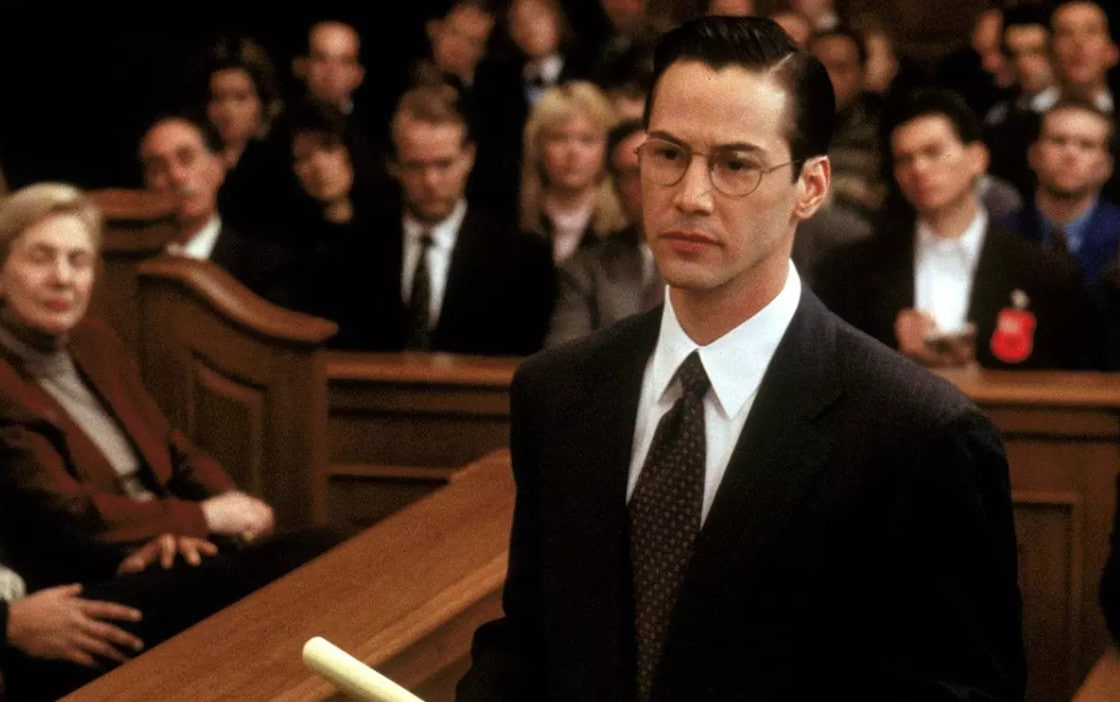Now Baz Luhrmann is shining with Elvis at the Cannes Film Festival, and exactly 16 years ago, within the walls of the Palais des Festivals and Congresses on the Croisette, the premiere of Guillermo del Toro’s Pan’s Labyrinth took place – a well-known Mexican horror The master, for whom the monsters became the best friend. It is widely known that even as a child he was inspired by black and white horror films, and in one of the interviews, as an already successful director, he said: “I myself have heard ghosts twice. I didn’t see it, but I heard it.” “I won’t touch a single house.”
And once, as a child, he watched the movie “Creature from the Black Lagoon” under the impression that he painted the main character – Julie Adams – with a monstrous amphibian with a bicycle and ice cream. She got an A at school for this drawing and got a reprimand from her grandmother, they say why she only draws monsters (“She asked me why I couldn’t draw something beautiful, but monsters were beautiful to me”), but at the same time, it is a dream that the characters in the picture will come together. 46 years later, “The Shape of Water,” one of the main tapes of his career that won four Oscars, does just that.
-

“Monster from the Black Lagoon” -

“Water Shape”
In general, all his mystical inspiration comes from childhood: it was then that he got acquainted with encyclopedias on medicine and fine arts, became interested in comics and magazines (one of them, Famous Monsters of Filmland, is still kept in the director’s museum) , began to write and illustrate his own stories by hand. And she absorbed fears thanks to her grandmother, who was a strict Catholic, which later resulted in what made her the cult director of her time.
For example, in Pan’s Labyrinth, which celebrates its 16th anniversary today, the Pale Man is nothing more than a distorted representation of the stigmata in the hands and feet of Jesus, left over from Guillermo del Toro’s Catholic upbringing. Although the director himself is in his book “The Cabinet of Rarities”. My sketches, collections and other obsessions” shared that initially the beast might look different and that in the first drawings his eyes were on his face: “The idea was that his body itself was semi-liquid, like a flowing sticky slurry, and the eyes were always moving and constantly at different heights.

In Catholicism, Guillermo del Toro was taught that angels are examples of virtue, but he interpreted it in his own way and made saints from demons – demons. He believed that only those who strive for the ideal can truly be considered “terrible.” And that, in part, came to him from childhood: before high school he was an atypical Mexican boy with blond hair and blue eyes. “Black-haired, sociable, brunette kids were considered cute and healthy. That’s why bad guys look like this in my movies,” he later shared. That’s why he loves his monsters more than humans.

He also loves strangers – for him such heroes are close for personal reasons. Being a Mexican director in Hollywood in the late 90’s when he had to move due to his father’s abduction and his work did not work out at first (“Mutants” was filmed under the auspices of Guillermo del Toro’s Harvey Weinstein’s Miramax. after the editing of his company and the producer this movie is very mediocre quality horror film), today’s Oscar winner knew from his own experience what it means to be an exile. Therefore, the warm attitude towards characters who cannot find their place in the world is obvious: orphans in Devil’s Backbone, Crimson Hill and Pan’s Labyrinth, outcasts in Hellboy (Guillermo del Toro said that Hellboy is him, he just looks different), bad friend ” Knife – 2″ or “The Shape of Water”.
-
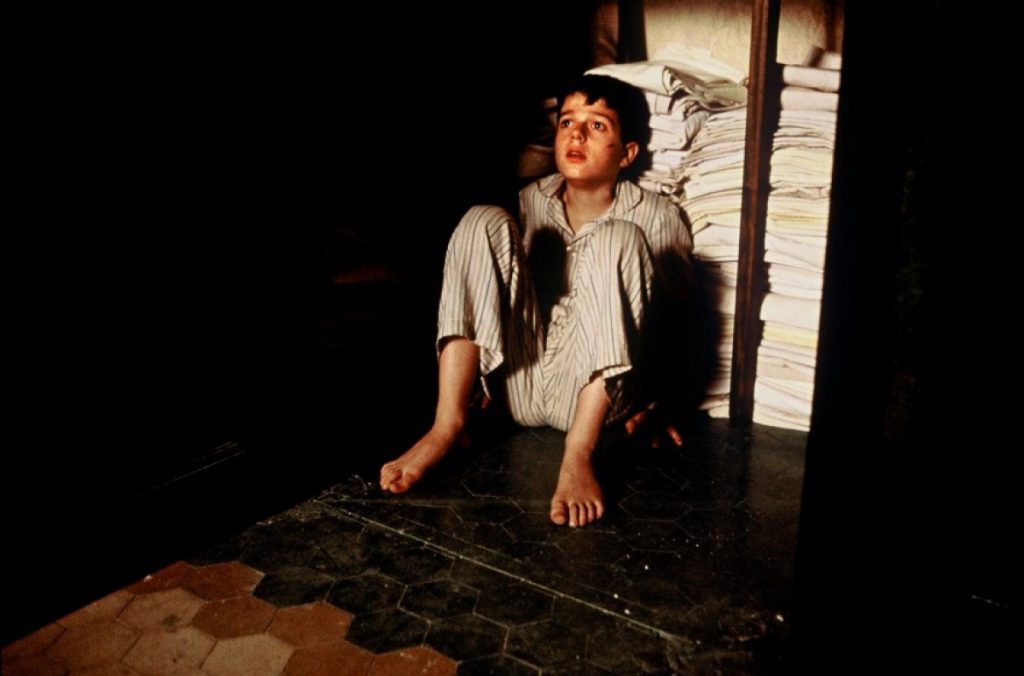
“Devil’s Backbone” -
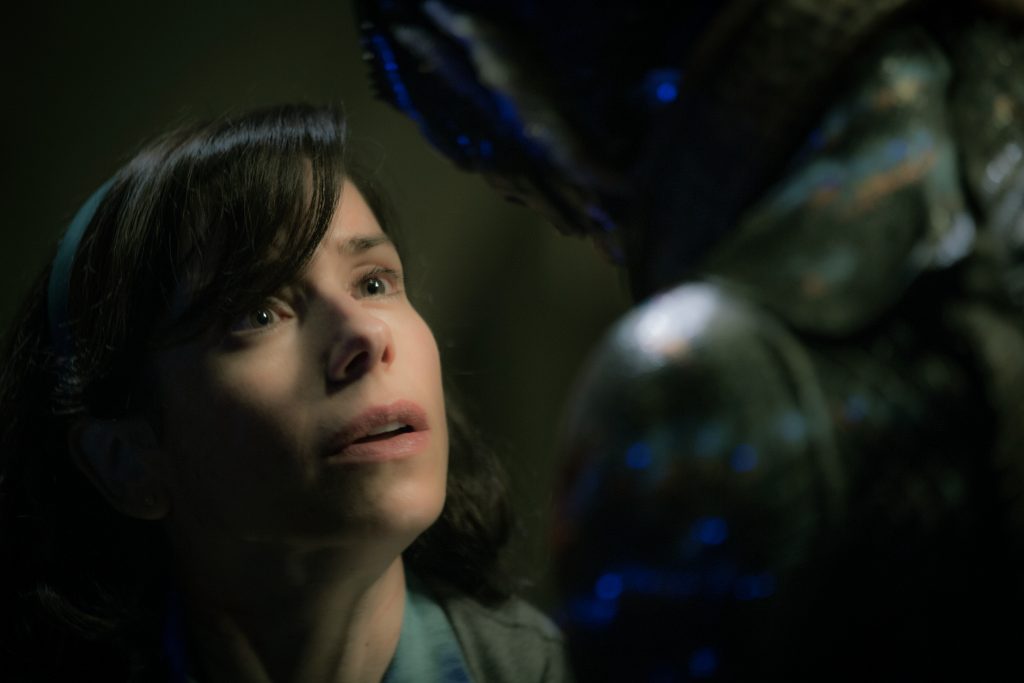
“Water Shape” -
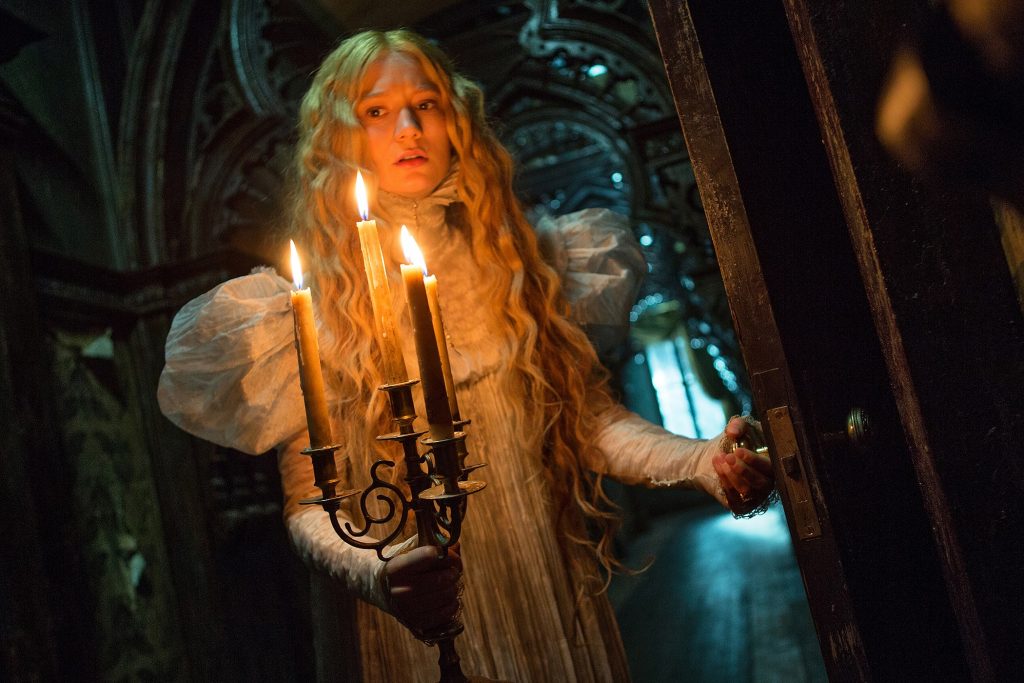
“Red Hill” -

“Hellboy: Hero from Hell”
A year ago, in Nightmare Alley, Guillermo del Toro, almost for the first time in his filmography, relied not on the fantastic monsters that he drew and invented for each new project, but on the main monster in the coordinate system – a man. . And lost. At trial, his story about talented charlatans was revealed to be an equally pervasive but failed stunt, a trivial tale of the uninhibited human ego cloaked in the guise of a film noir-inspired crime thriller. And perhaps The Nightmare Road was just another proof that nothing could have happened without the fantasy and mysticism inherent in Guillermo del Toro, without his experiments with genres, styles, attention to detail and love for the often feared monsters. and “Pan’s Labyrinth” and “The Shape of Water” and other cult “Deltor” films in their own way are changing cinema and indeed our attitude towards the “terrible”.

Source: People Talk

